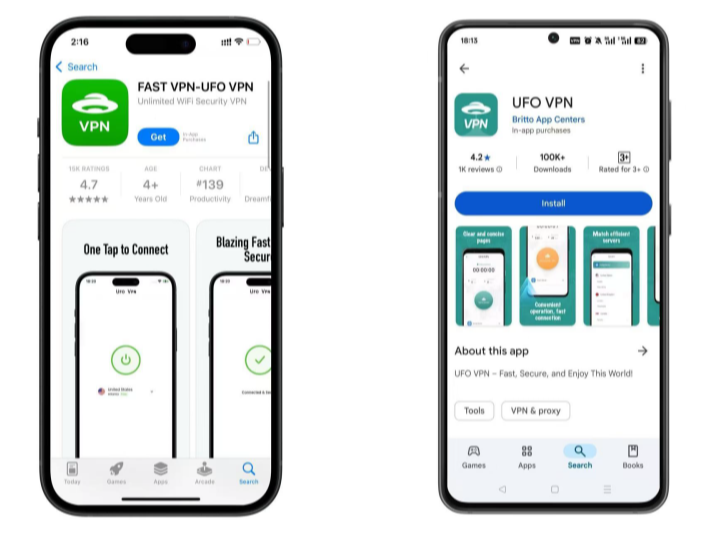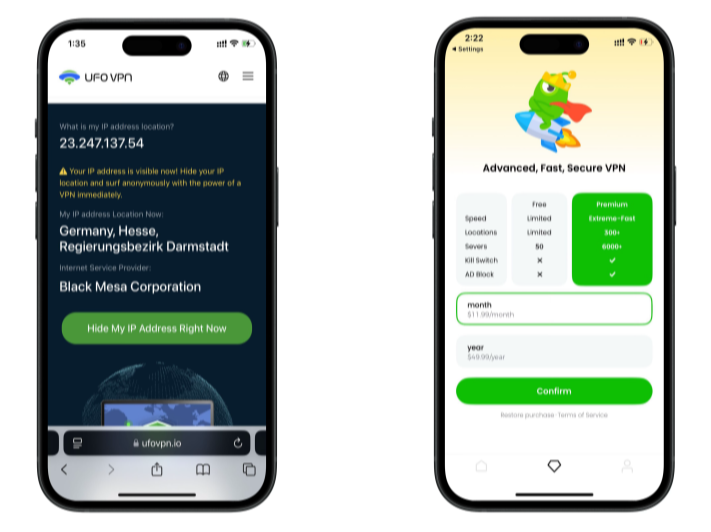Understanding Traceroute and How It Works
Before diving into the specific uses of traceroute, it’s helpful to understand why this tool is different from basic connectivity tests. Unlike a simple ping, traceroute doesn’t just tell you whether a device is reachable—it reveals the entire path your data takes, hop by hop. By visualizing each step, you can pinpoint where delays, packet loss, or routing issues occur, making it a far more powerful diagnostic tool for complex networks.
The Purpose of Traceroute
Traceroute is primarily used to map the journey of data packets across a network. Unlike a simple ping, which tests connectivity, traceroute reveals every hop—routers and servers—between your device and the destination. This allows you to:
- Identify slow network segments
- Detect routing loops or misconfigurations
- Diagnose points of packet loss
In short, traceroute provides a roadmap of your network path, which is invaluable for troubleshooting complex issues.
How It Works
Traceroute works by sending ICMP echo requests or sometimes UDP packets with progressively increasing Time-to-Live (TTL) values. Each router along the path decreases the TTL by 1. When TTL reaches zero, the router returns a “time exceeded” message, allowing the traceroute tool to record that hop.
This process repeats until the packet reaches its destination. The final output lists each hop, its IP address, and the round-trip time (RTT) for each step, giving a clear picture of network latency.
Why Use Traceroute for Network Troubleshooting
Traceroute isn’t just a diagnostic curiosity—it’s a practical tool for identifying connectivity problems and performance issues. By analyzing the full path of your packets, you can quickly detect where problems occur, which is crucial for both home users and network professionals.
Connectivity and Routing Checks
Traceroute allows you to check the exact path your data takes. If a hop shows high latency or no response, it can indicate:
- Misconfigured routers
- Temporary outages
- ISP routing problems
Using UFO VPN alongside traceroute can help distinguish whether an issue is local, ISP-related, or external by routing traffic through secure servers 🌐.
Latency, Packet Loss, and Performance Issues
Traceroute also helps identify network performance issues. High RTT values or repeated timeouts may suggest:
- Overloaded network segments
- Physical issues such as damaged cables
- External attacks or throttling
A VPN can provide an extra layer of protection and sometimes bypass throttling, ensuring accurate measurements of your network performance.
How to Run Traceroute Across Platforms
Running traceroute varies by device, but the principle remains the same: observe each hop along the path to the destination. Here’s how to do it across popular platforms.
Windows
- Open Command Prompt (CMD).
- Type “tracert” followed by the target website or IP and press Enter.
- Review each hop’s latency in milliseconds.
💡 Tip: Using UFO VPN can bypass local network restrictions and protect your connection while testing.
macOS & Linux
- Open the Terminal application.
- Type “traceroute” followed by the target website or IP and press Enter.
- Observe each hop and its round-trip time.
- On Linux, administrator permissions (sudo) may be required.
iPhone/Android & Online Tools
Mobile devices often lack native traceroute tools, but you can:
- Use apps like PingTools, Network Analyzer, or Fing to perform traceroute.
- Use online traceroute services to get path information without installing apps.
On public Wi-Fi, combining traceroute with UFO VPN ensures encrypted traffic, reducing the risk of monitoring or interference.
Reading and Interpreting Traceroute Results
Knowing how to read traceroute output is key to understanding network performance. Each hop displays IP addresses and round-trip times (RTT), which highlight potential bottlenecks or failures.
Latency and RTT
Sudden spikes in RTT indicate slow or congested routers. For example:
| Hop | IP Address | RTT 1 | RTT 2 | RTT 3 |
| 1 | 192.168.0.1 |
1 ms | 2 ms | 1 ms |
| 2 | 203.0.113.1 | 10 ms | 12 ms |
11 ms |
| 3 | 198.51.100.5 | 120 ms |
125 ms | 122 ms |
Packet Loss and Errors
- * * *indicates a timeout or unreachable hop.
- Frequent timeouts suggest packet loss or network issues.
- Using UFO VPN can help identify whether the issue is local, ISP-related, or external.
Common Issues and Troubleshooting Scenarios
Traceroute can reveal common network problems:
- Blocked ICMP: Some routers ignore traceroute packets; VPNs may route around these blocks.
- Routing loops: Packets repeatedly cycle between routers, which needs network admin intervention.
- Dynamic IPs: ISP-assigned IPs can cause inconsistent paths; repeated tests help verify patterns.
💡 VPNs like UFO VPN also help maintain privacy and avoid misinterpreting routing issues caused by local ISP policies.
With 3000+ server in over 100 countries, UFO VPN is open to download as a free iPhone VPN, free Android VPN(with VPN APK), free Windows VPN and free Mac VPN. Install the app and sign up or log in.

Open the app, choose a free server locationwhere your desired streaming/gaming/browsing platform is available.
We recommend free USA VPN, free UK VPN and free Australia VPN.

Pro Tip
UFO VPN is compatible with popular platforms in gaming and streaming as CODM VPN, PUBG VPN, Netflix VPN and more!
After connecting, visit What is My IP tool to see your current location and ensure your real IP is visible.

With all set, visit your favorite platform and start browsing without geo-blocks or buffering!

Conclusion
latency, and packet loss, you can identify bottlenecks, misconfigurations, and maintain reliable connectivity.
Using traceroute with a secure VPN such as UFO VPN ensures accurate testing while protecting your privacy 🌐. Whether on Windows, macOS, Linux, or mobile, mastering traceroute equips you to troubleshoot networks professionally and securely.
FAQs
Q1: Is traceroute safe to use?
Yes. It sends standard network packets. For extra security, a VPN is recommended.
Q2: Can I run traceroute over a VPN?
Yes. It helps bypass blocks and provides privacy while testing.
Q3: Why do some hops show * * *?
The router may not respond to ICMP, or there is a temporary network issue.
Q4: How often should I use traceroute?
Use it when diagnosing connectivity issues or monitoring network performance.
Q5: Can traceroute detect slow websites?
Yes. RTT analysis at each hop shows where delays occur before reaching the server.









